Active stereo speakers for home use are fast becoming an alternative to the old-fashioned passive ones. But while it offers technological advantages to mount the electronics inside the speakers, the entrance ticket has mostly been expensive so far. Now, however, Dali has created “activated” editions of their budget series, Oberon.
Dali Oberon On-wall C is, as the name suggests, a wall speaker. At 12 centimeters deep, the cabinet is about as flat as can be. As the front fabric is in gray woven upholstery fabric, the speaker integrates remarkably discreetly into the interior. And if you choose the version with white finish, the speakers should pass even the most militant WAF control (Wife Acceptance Factor).
Behind the front fabric you will find a five-inch bass/midrange with DALI’s characteristic wood fiber cone and a 29 mm textile dome.
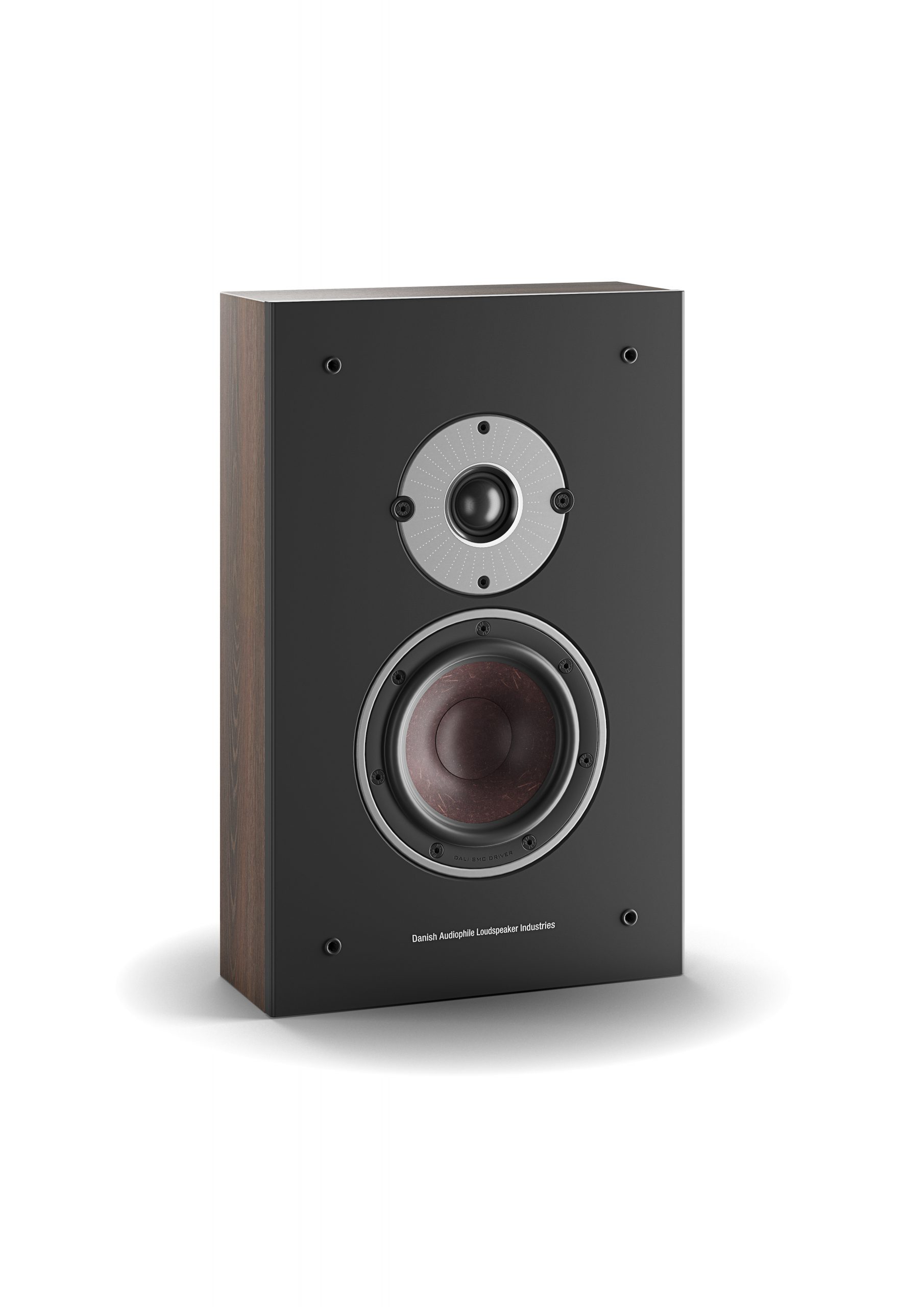
2 x 50 W in each speaker
There are two 50 W amplifiers in each speaker. It is significantly smaller than the 2 x 250 W found in both Rubicon 6 C and Callisto 2 C.
The crossover is realised with a digital signal processor, which also corrects the frequency response. This means that the active version of the Oberon On-wall has capabilities in the bass range that the passive cannot match. The DSP is probably also used to smooth out frequency irregularities due to the wall placement.
At the back you will find a bass reflex port which is arranged so that the air space between the cabinet and the rear wall is included in the port itself. There is also a panel where you can choose the location of the speaker in the wireless system.
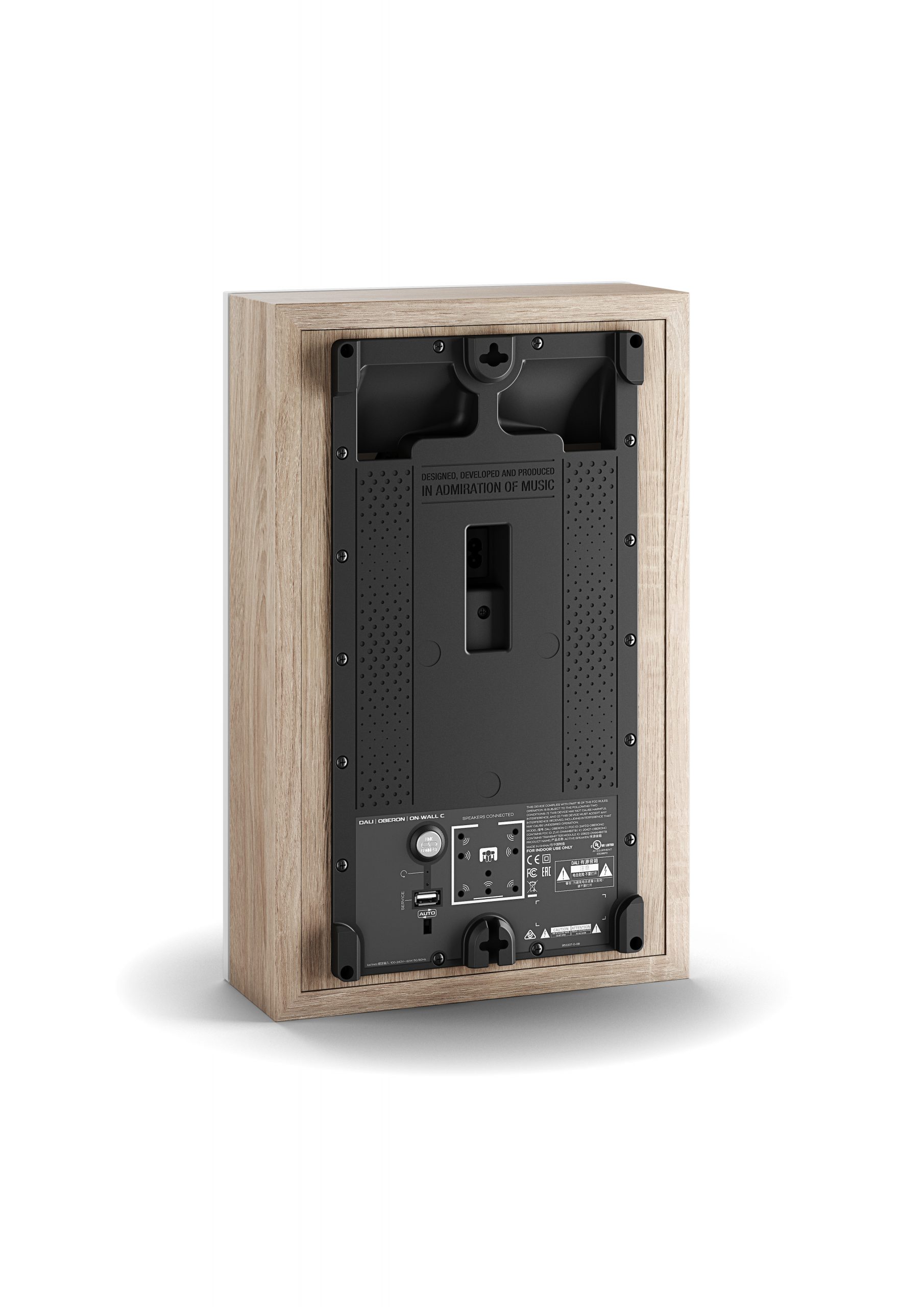
The setup is at the same time easier and more difficult than for stand-alone speakers. You will need a drill and a spirit level to get them into place. On the other hand, you do not have to mess around with finding the right distance from the wall and corners, as well as the perfect angle to the listening area.
Free up expensive square meters
Not only is it easy, you also save a lot of floor space when you do not have to have a pair of standmount speakers standing between a full and a half meters from the wall. Which will be welcome in small city apartments with high square meter prices.
The link between the signal sources and the speakers is DALI’s own Sound Hub, which can best be described as a digital preamplifier with wireless connection to the two speakers. Along with the active Oberon speakers, DALI has also introduced a compact and slightly cheaper version of the Sound Hub. The stated price includes the hub.
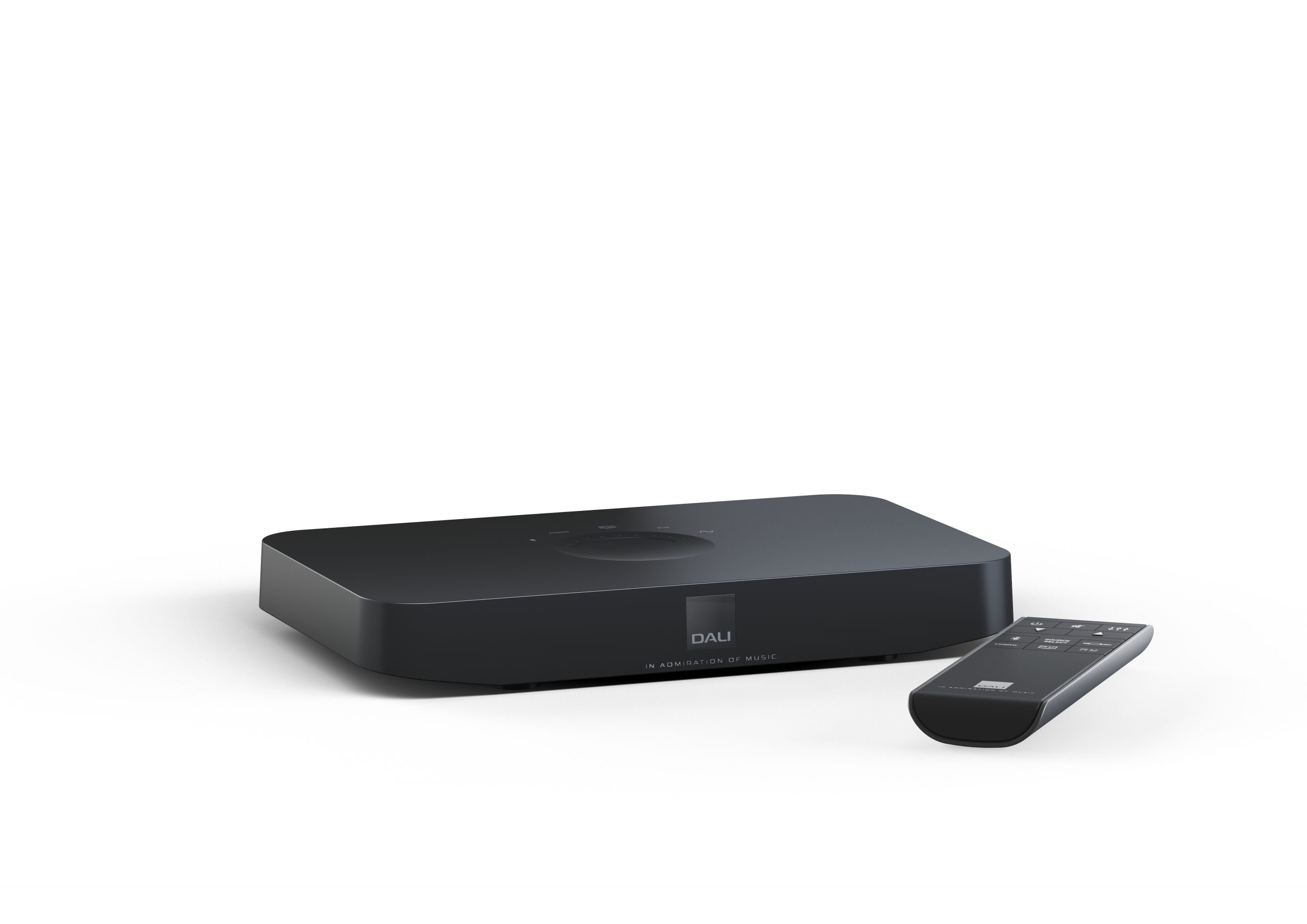
Good connections
Beyond the size, the difference between the two hubs is that the compact version cannot be expanded with additional modules for music streaming with BluOS. In return, the compact hub has an HDMI input with ARC (Audio Return Channel), which makes it easy to send the TV sound to the speakers, and to control everything from the TV’s remote control. There are also two optical and one analog audio input.
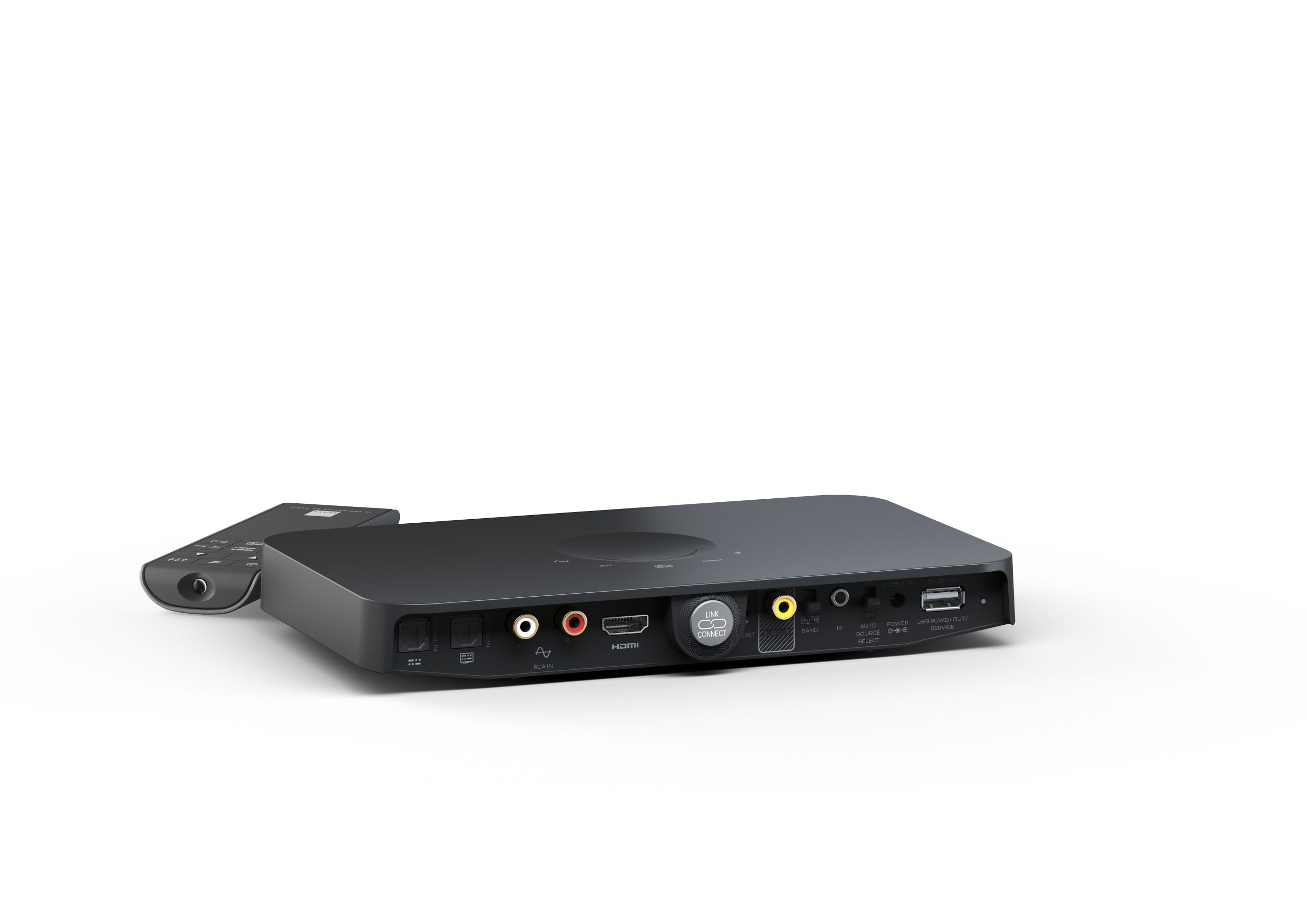
The sound quality
It seems almost indecently simple to replace my well-grown standmount speakers with the discreet white Oberon On-wall C. With the stands and speakers out of the way, I can free up almost two square meters of extra floor space. It is visually tempting to place the speakers immediately on either side of the TV screen on the wall, but for the best stereo perspective, the distance between the speakers must be the same as between the listening position and each speaker.
There is a lot to be said for mounting speakers on the wall. In addition to the ease of placement, the wall helps with a supplement in the bass, as it is played out in a room half the size compared to a free-standing position on top of a stand. On the other hand, wall speakers often have problems with stereo perspective.
The DALIs reproduces an acoustic scene that is not huge or deep, but still with a good feeling of a room behind the speakers. Maybe a pair of standmount speakers could have done it more precisely, but not with the same weight.
One of the advantages of active digital speakers is that the electronics can correct flaws and dips in the frequency response. And the Oberon On-wall C has unreasonably solid and deep bass for a five-inch unit in such a small cabinet. Even when taking into account the reinforcement provided by the wall placement. There is a full level of bass down to the limit of 51 Hz, and they have no problem filling my 25 square meter living room with sound.
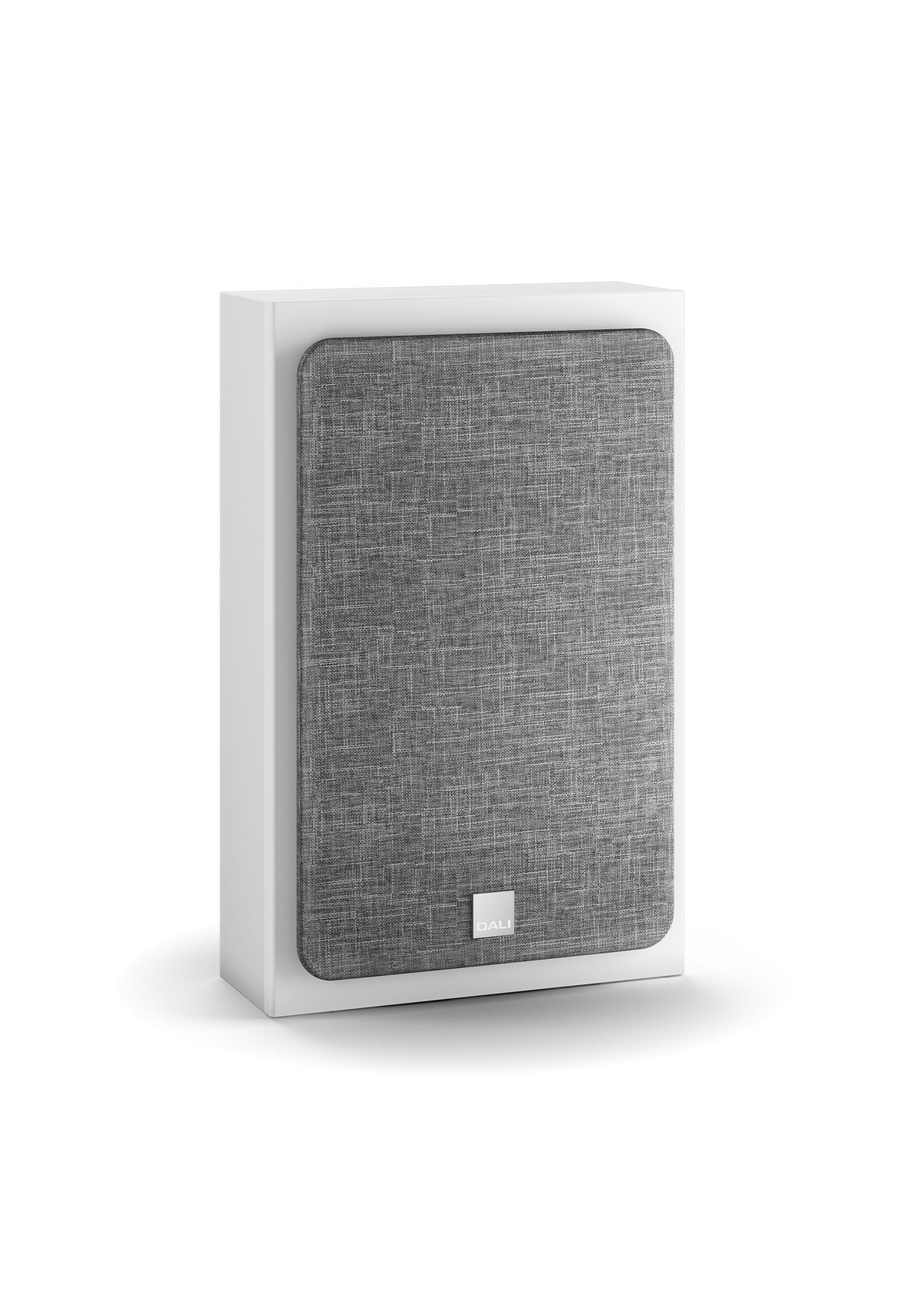
Work satisfaction
The great bottom means that the bass on Chris Jones’ No Sanctuary Here will be as powerful as it should be. Maybe even a little more, because the little DALIs perform with a job satisfaction that contrasts with the discreet expression. Even the church organ on Koyaanisqatsi stands powerfully in the listening room.
The Oberons are not be completely free of a small lift in the middle bass. But they do it in a way that is so charming that it seems warm instead of strenuous. Especially because the bass is still clean and nuanced.
Also at the top, the speakers excel. With a well-resolved treble that fits cymbals and high hats, and makes one think that “here, we are listenening to real hi-fi”.
Good – at this price
Hi-fi it is, indeed, but despite the words of praise, you should not put up your expensive Sonus fabers for sale right away. Dali Oberon On-wall C clearly beats most speakers at this price point (remember that the amplifier is included in the purchase). But of course there are challenges that puts them on thin ice.
The voice reproduction, which is actually perceived as both open and forward, is not as nuanced as on speakers (at several times the price). Anything else would be a miracle! This can be heard on Right Hand Man from the musical Hamilton, which I often use as a nuance test. Christopher Jackson, Lin-Manuel Miranda and Leslie Odom Jr. have voices that are in the same range, but have different timbre. But they sound almost the same on the On-walls.
Another way to reveal this is Disturbed’s Heavy ballad cover version of The Sound of Silence, which becomes too big a mouthful, having the orchestra backing and singing muddle together.
Naturally, it is completely unfair to complain about the resolution in the midrange, because it is a luxury problem that is not relevant in relation to the price. When point my greasy finger at it, it is only because everything else is far better than one can demand. And then you tend to want even more.
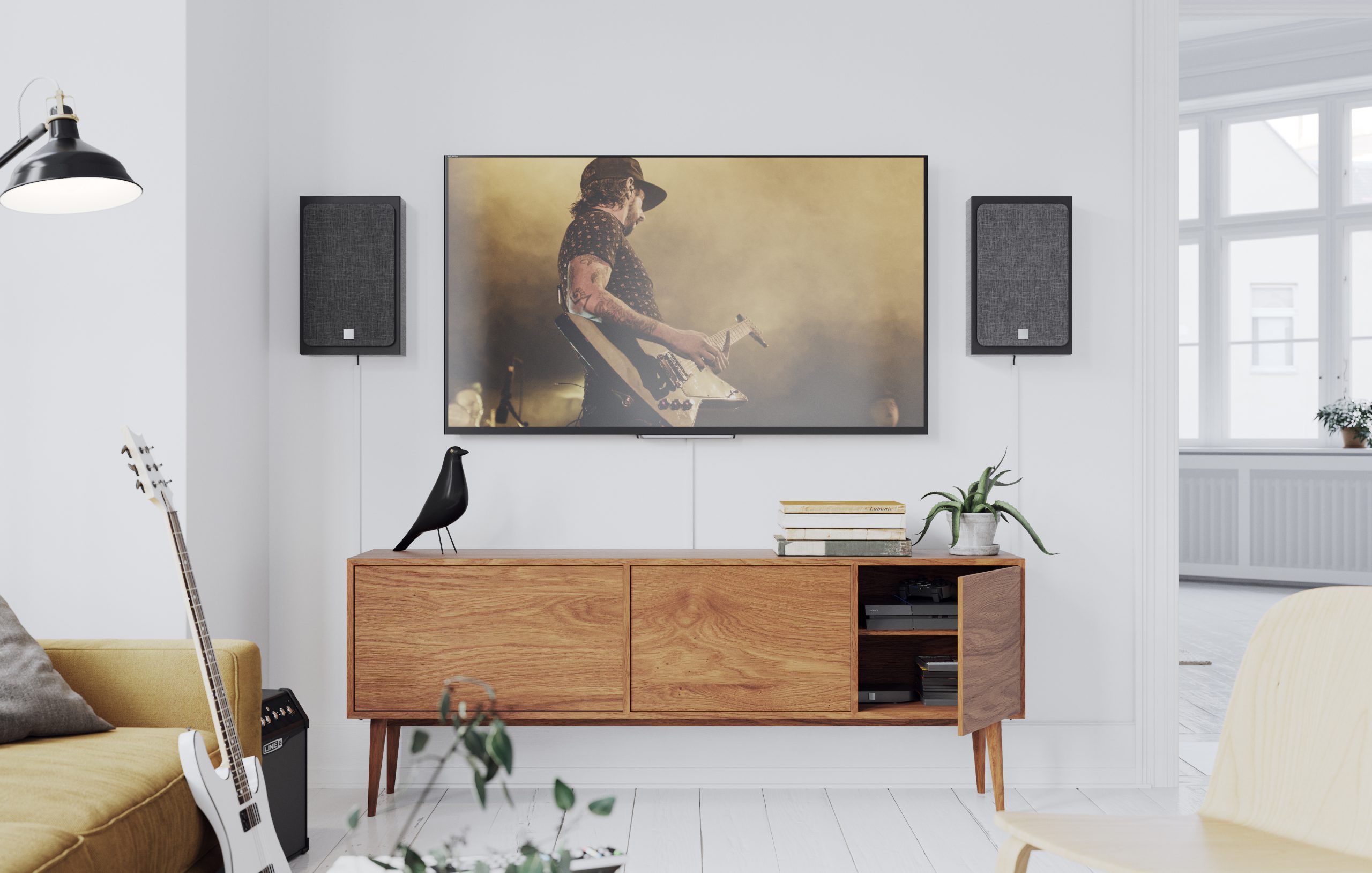
The TV’s two best friends
Where the speakers, on the other hand, come perfectly to their right, are as best friends with the TV in the living room. Here the warm bottom and brilliant top works perfectly with a good popcorn film. And the forward-sounding midrange manages the dialogue without problems – and with excellent speech comprehension.
The fact that they improve the sound on the TV so much will probably be their best entrance ticket to the curated environment in the living room – where you can then be allowed to enjoy excellent music reproduction as an extra bonus.
There are only a few competing active speakers in this price range. KEF X300A Wireless and Elac AM 180 are among them, but they both lack the connection options that make it easy to integrate a pair of active speakers in the living room interior.
Conclusion
The Dali Oberon On-wall C is among the most decor-friendly hi-fi speakers we have ever tested. If you choose the white version, the small cabinets will literally blend in with the wall. And thanks to the wall placement, you save several precious square meters of floor space.
After testing the technology with the more expensive Rubicon and Callisto series, Dali has been able to bring it down in a lease where it is difficult to find arguments for not jumping on the wireless wave. The small wall speakers have a large and exuberant sound that will surely make them best friends with your TV. If there has ever been a valid excuse to buy a soundboard, it is surely gone now.

We think
Nice and big sound stage. One of the most decor-friendly speakers ever. Active speakers that you can afford. Sound pressure and deep bass are limited for natural reasons. Slightly undetailed midrange. But at this price there are no relevant objections.
1399 €
Specifications
- Elements: 5.25 ”bass, 29 mm dome tweeter
- Construction principle: bass reflex, two-way, active
- Frequency range: 51–36,000 Hz (+/- 3 dB)
- Built-in amplifier power: 2 x 25 W per speaker
- Crossover filter: 2700 Hz, DSP-based
- Connections (hub): analog line-in (RCA), 2 x optical digital (Toslink), HDMI, subwoofer out (RCA), Bluetooth (apt-X, apt-X HD and AAC)
- Resolution: 24-bit / 96 kHz
- Dimensions / weight: 24.5 x 38.5 x 12.0 cm (WxHxD) / 4.9 kg
- Colors: black ash, white, dark walnut, light oak
- Web: dali-speakers.com
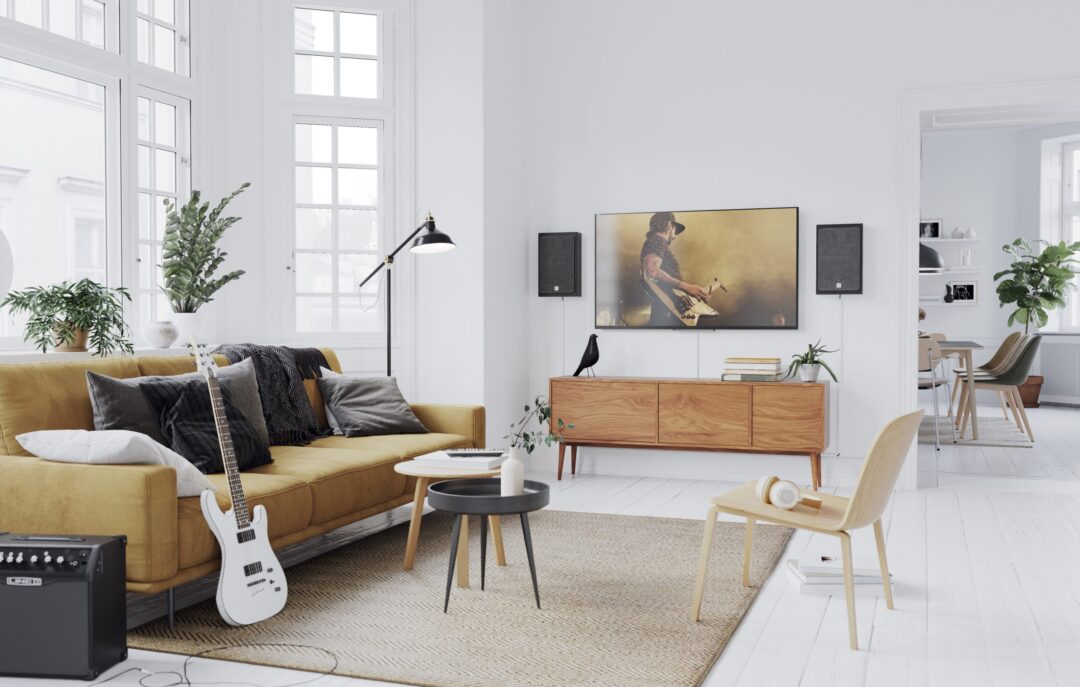

Excellent review! I found it while searching for an opinion on the non-powered version of this speaker for a role as a home theater rear surround speaker. I’m still wondering if it would integrate well with the Oberon 5 and Vokal.